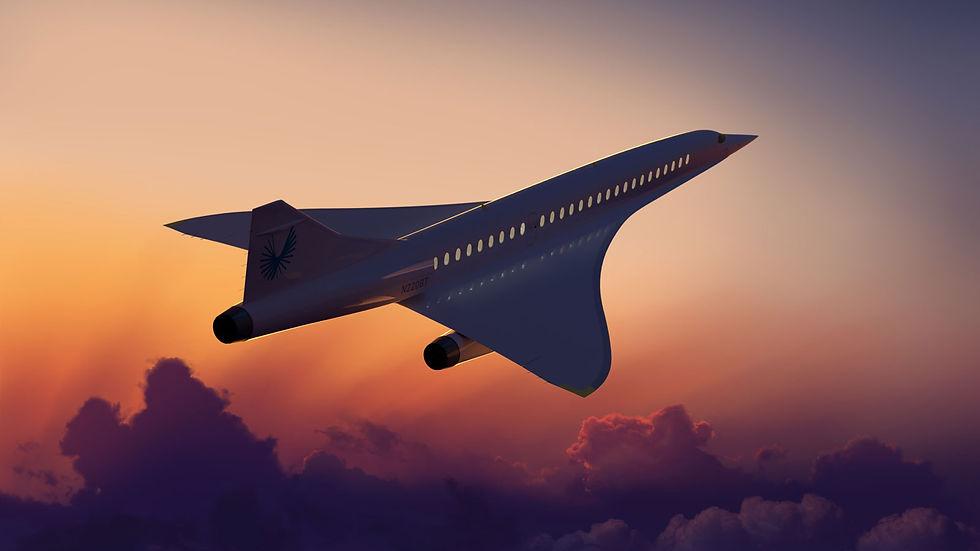How Capitalism is Flying Humanity into The Future
- Charles Bromley-Davenport

- Jun 13, 2021
- 3 min read
Updated: Aug 3, 2021
Why recent advances in the technology are not untypical in market economies

Moravian born economist Joseph Schumpeter first hypothesised in his magnum opus 1942 ‘Capitalism, Socialism and Democracy’ that nations were propelled forward through the forces of ‘creative destruction’. Despite this theory now being almost eighty years old, it has become an integral part of current world economies.
His thinking asserts the importance of entrepreneurs within modern society and how their innovation sustains progress - however to the likely demise of already established companies. Schumpeter died long before the emergence of the ‘Dot Com Bubble’, and the unprecedented growth of Silicon Valley, however his foresight of such an occurrence is testament to his genius.
The belief that firms must either innovate or go bust came to the forefront of economics and business in recent years through the case study of Kodak. From being one of largest technology companies throughout all of the 20th century, the firm at last filed for bankruptcy in 2012 after 130 years of history.
The reason how a company that once supplied 90% of film in the US could have such a demise? They resisted the forces Schumpeter theorised. With the ‘digital revolution’ of the 1980s and 90s, Kodak were reluctant to abandon their established business model, and so were overtaken by upstart firms such as Canon and Fuji who provided consumers with a more efficient product. From their once renowned yellow boxes being found in every pocket around the world, they have now been condemned to collecting dust inside our attics as a relic of their previous self.
This thinking has been revived over recent weeks through the news that United Airlines have agreed to purchase 15 ultrafast planes from ‘Boom Supersonic’. Their planes have been promised to half the duration of flight between London and New York, and are set to become commercially available by 2029. The company’s baby-faced CEO embodies the lean upstart model of the infant seven-year-old US based firm who are now taking on aeronautical giants such as Airbus and Boeing, with almost 160 years of experience and over $230 billion between them.
Converse to the highly polluting and inefficient ultrafast flight of the past, Boom Supersonic utilises technology that extracts Carbon Dioxide from the environment and converts it into fuel - meaning their planes are lighter, cheaper, and fully carbon-neutral. This has led to the company announcing their ambition to soon fly ‘anywhere in the world in four hours’.[1]
Indeed this news would have likely unnerved the executives of Boeing and Airbus, through awakening memories of the story of Kodak they learned as part of their MBA course, and so are now faced with the dichotomy – innovative or die. This paranoia ultimately is in the best interest of the consumers – as they will directly benefit from more convenient travel – as well as forcing Airbus to revaluate their previous plan of supersonic flight by 2050.
The growth of entrepreneurs since the later stages of the 20th century has given rise to some of the greatest leaps in our history. As upstarts seek to compete against the dominant players within industries, all of us are benefitting. In a similar theme, the recent privatisation of the space race and the beginning of a battle between entrepreneurs, a vibrant society of humans living on Mars is a likelihood within our lifetimes. While Joseph Schumpeter didn’t live through the demise of firms such as Kodak or the growth of start-ups, his legacy will forever shape our understanding of how society can progress through market economies.
Bibliography
[1] https://www.independent.co.uk/travel/news-and-advice/boom-supersonic-plane-four-hours-b1849388.html
Comments